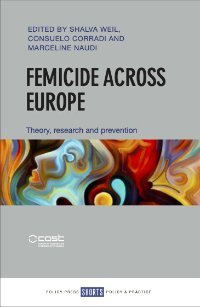By United Nations Office on Drugs and Crime, UN Women
In this publication, the term “femicide” is used to refer to all types of gender-related killings of women and girls as described in the “Statistical framework for measuring the gender-related killing of women and girls (also referred to as “femicide/feminicide”)”.
Globally, approximately 51,100 women and girls were killed by their intimate partners or other family members during 2023. Higher than the 2022 estimate of 48,800 victims, this change is not indicative of an actual increase as it is largely due to differences in data availability at the country level. The 2023 figure means that 60 per cent of the almost 85,000 women and girls killed intentionally during the year were murdered by their intimate partners or other family members. In other words, an average of 140 women and girls worldwide lost their lives every day at the hands of their partner or a close relative...
P.18 When considering possible risk factors, it should be noted that fewer victims (11 per cent) and perpetrators (20 per cent) of femicides are under the influence of alcohol than in the case of male homicides (25 and 30 per cent respectively). Some studies point to the drug intoxication of victims as a homicidal risk factor,13 but in the case of femicides in France, this does not seem to be the case, with 3 per cent of victims and 5 per cent of perpetrators of femicide being under the influence of drugs at the time of the crime.
Vienna: UNODC, 2024. 36p.





















